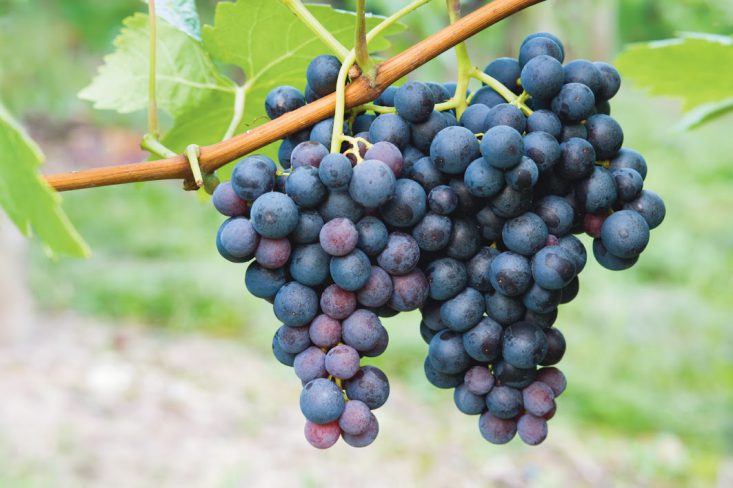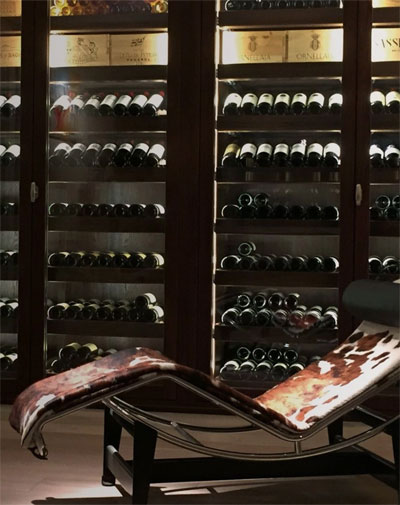
AWARDS
Falstaff Magazin: 90/100
92 points - James Molesworth, Wine Spectator
Vineyards: The 30-hectare property is superbly sited in the south of the Pauillac appellation between Château Latour and the 2 Pichon’s. The vineyards (Cabernet Sauvignon 75%, Merlot 25%, lie on deep gravel beds over limestone.
Tasting Notes: The resulting wine has both power and elegance. The tannins are ripe and silky on the palate. A very nice balance. We can classify this vintage as the classic ones.
The name of Château Haut-Bages Liberal has two roots. The LIBERAL family ran the property in the early eighteenth century. From father to son, they sold the harvest in the Netherlands and Belgium. Over time, these connoisseurs gathered the best soils of Pauillac. Thus, this 5th Classified Growth in 1855 now has half of its vineyards adjacent to Château Latour and the other half behind Château Pichon Baron, on the heights of the locality "Bages", a large plateau in the south of Pauillac. The property would regain his youth when, in 1960, the Cruse family, owner of Château Pontet Canet, acquired the property. The Cruse would launch an extensive program of replanting the vineyard. However, it was in 1983 at the arrival of the Villars family that Château Haut-Bages Libéral really recovered its former glory. Today, the property is run by Claire VILLARS LURTON. She undertook an overhaul, winemaking and she directs the vineyard management to a sustainable viticulture

For orders €100,00 and
above we deliver free to
your place
For orders below €100,00 delivery
charge €10,00 within city limits.
AWARDS
Falstaff Magazin: 90/100
92 points - James Molesworth, Wine Spectator
Vineyards: The 30-hectare property is superbly sited in the south of the Pauillac appellation between Château Latour and the 2 Pichon’s. The vineyards (Cabernet Sauvignon 75%, Merlot 25%, lie on deep gravel beds over limestone.
Tasting Notes: The resulting wine has both power and elegance. The tannins are ripe and silky on the palate. A very nice balance. We can classify this vintage as the classic ones.
The name of Château Haut-Bages Liberal has two roots. The LIBERAL family ran the property in the early eighteenth century. From father to son, they sold the harvest in the Netherlands and Belgium. Over time, these connoisseurs gathered the best soils of Pauillac. Thus, this 5th Classified Growth in 1855 now has half of its vineyards adjacent to Château Latour and the other half behind Château Pichon Baron, on the heights of the locality "Bages", a large plateau in the south of Pauillac. The property would regain his youth when, in 1960, the Cruse family, owner of Château Pontet Canet, acquired the property. The Cruse would launch an extensive program of replanting the vineyard. However, it was in 1983 at the arrival of the Villars family that Château Haut-Bages Libéral really recovered its former glory. Today, the property is run by Claire VILLARS LURTON. She undertook an overhaul, winemaking and she directs the vineyard management to a sustainable viticulture

For orders €100,00 and
above we deliver free to
your place
For orders below €100,00 delivery
charge €10,00 within city limits.




Whether a private or a professional cellar, we have the know-how and expertise to air condition your dream wine cellar. Motivated by quality and detail, we are proud of our products and the 100% Alsatian design.